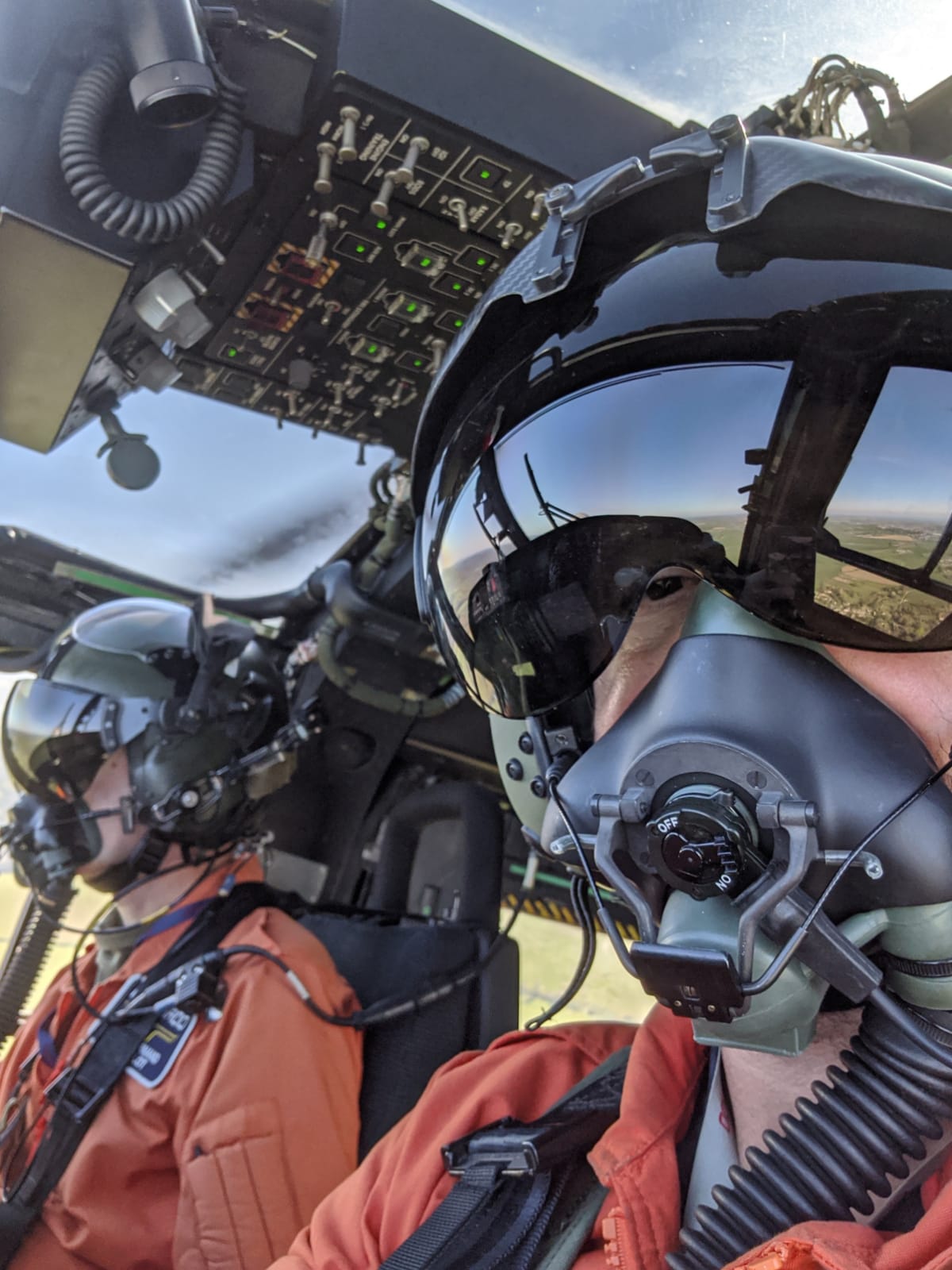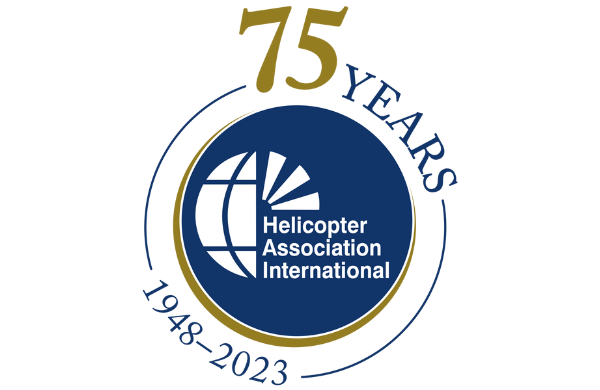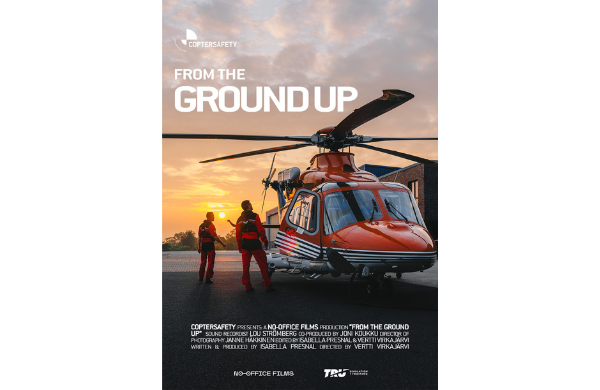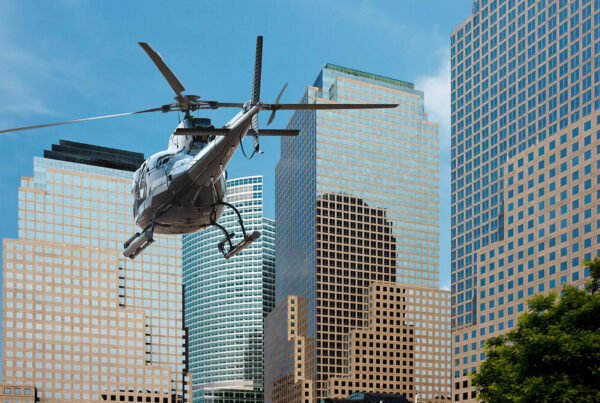You can’t keep a good crew down…
While the commercial aviation world struggles to work out how to seat passengers on an Airbus or Boeing to meet the recommended government social distancing guidelines, for those in the rotary world things are much more complicated. I have touched on the modifications made to the rear cabins of HEMS models in order to protect medical technicians and crew, but for those upfront, within touching distance of each other, a new procedure had to be developed, tested and adopted.
Leading the charge in new developments is Leonardo with an application that has been developed by Deputy Chief Test Pilot, Charlie Pickup, who was assisted by Safety Equipment Officer Les Medhurst and the Leonardo’s Structural and Mechanical Test Engineering Department, Dave Jenkins, Will Miller and Andy Chilcott.
The Chief Test Pilot of Leonardo Helicopters (UK), Mark Burnand, explains: “We have taken our existing oxygen mask, which is compatible with our helmets/visors and has a built-in microphone for communications, and hose, and then connected a standard filter from an industrial Respiratory Protection equipment [RPE] face mask.”
Burnand revealed how the filters have a screw thread which enables them to be replaced and the mask usually has one or two of the filters fitted. He continued: “We have modified the end of the hose with a bespoke attachment which allows us to fit the filter effectively and also a connector that allows us to attach the assembly to our life vests securely.”
The new system also reduces the risk to and from the maintainers who service the aircraft before and after the flight.
While Leonardo may be focusing on its military variants at the moment, it’s clear that such procedures may well be adapted to its civilian test fleet in due course, allowing the helicopter manufacturer to keep ahead of the curve during these testing times.








